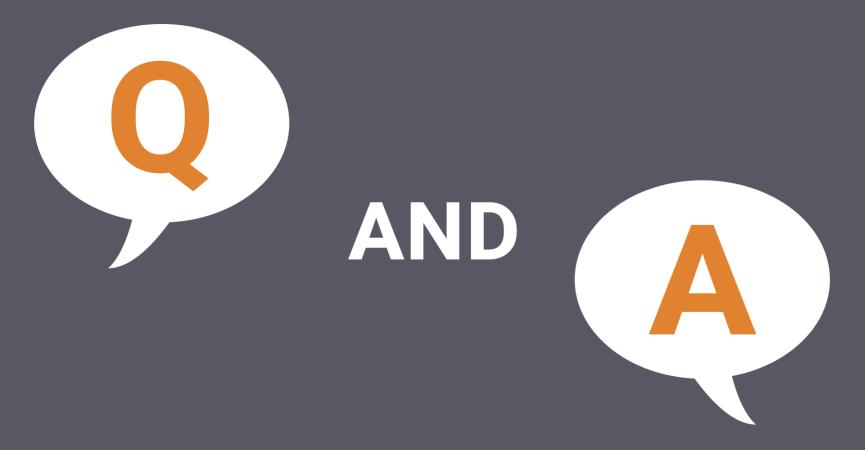
Open standards, collaboration and market forces: a Q&A on the future of the Internet
1. Why do you think standards and particularly open standards are important for the success of the Internet?
Patrik: We can compare the success of the Internet with how things have worked with telecommunications. In telecommunications, each player has to provide the whole value chain. If you use the analogy of pipes, each competitor has to have their own pipe through which they can then offer services. The architecture of the Internet is the other way round, with a horizontal value chain. Here we can use the analogy of roads, where each player on the Internet is like a car manufacturer. They can all use the same roads as long as there is agreement on certain specifications. These agreements are what make everything work. And they depend on open standards upon which everyone can agree.
2. Can you talk a bit more about the relationship between open standards and interoperability with the horizontal value chain you just mentioned?
Patrik: Well, to keep it simple, when we are talking about the horizontal value chain of the Internet we can list: copper wires, fibre, radio links, a transport medium and then, on top of that, the IP packets. On top of the IP packets we have the various protocols which themselves carry other sorts of things. So to be able to implement applications on top of IP we need certain agreements and interoperability. These are essential for competition and innovation. We have a situation, with regards to Internet architecture, where cooperating in some ways allows for service differentiation and competition in others. We should also be aware that the border of what to collaborate on and where to compete is fluid and changes over time.
3. In your 2016 paper, you made the following observation about market forces driving the industry towards API silos. Do you think this is still true today?
"The market forces that favour service-oriented vertical integration over a disintermediated open Internet create strong economic incentives for individual companies to build silos with APIs rather than interoperable devices that implement standard protocols* "
Patrik: Yes, and it is still unfortunately going in the wrong direction. We see more and more silos being created. One interesting example here is calendaring and calendar objects. In the IETF we ultimately decided on a common syntax for the calendar object that could then be transported by email. And this is why we can invite each other to meetings. But, in these discussions, there were many companies working with calendar software that didn’t want a common standard because of the commercial lure of selling both the server and the client side. They were hoping that they could create a silo of calendar servers and clients they could sell. So from a market economy perspective silos are still attractive for companies and we see that today with all the systems moving into the cloud.
4. With more of us working remotely, we are seeing more and more video conferencing silos. How do you think this might develop?
Patrik: We are seeing an uptake in the IETF standard for video conferencing**. It might be that Covid 19 will drive changes in video conferencing. It might well make video conferencing systems that run proprietary code and plugins obsolete. Companies want their video conferencing technology (their conference rooms and whatnot) to be able to communicate with everyone regardless of platform. Customers here want interoperability. And here we come back to the market economy. If enough customers request this, then manufacturers will most likely work towards a common protocol to ensure interoperability and find other elements to use as the differentiating factor between their competing services.
5. What other silos do we see today?
Patrik: When it comes to chat, just think about how many chat apps you have on your phone. There is not even a common addressing for chat services. Some, like What’s App and Signal, use E164 numbers as the identifier for the original invitation and negotiation of trust.
But we also see non-silos being developed. In the area of time and frequency, we see the Network Time Protocol being extended with security in an interoperable way in the form of Network Time Security (NTS). Not only is NTS an RFC, but we have also seen successful interoperability tests from the NTS providers, including Netnod.
6. Would you say that the market focus today is primarily on content and content distribution?
Patrik: Yes and no! We have different products across the horizontal layer: the carrying of IP packets is one thing, distribution of content is another, and then we have information itself as a product. And this last case is interesting because the value generated by digitalisation today is extremely high but still tied to the distribution mechanism. This will likely change as the market finds new ways to look at digitalisation beyond the current models.
7. If the open Internet is currently being challenged by the silo-models we’ve been discussing, is there still a future for the open Internet and what do we need to do to support this?
Patrik: We definitely have reasons to be optimistic about the possibilities for more openness. For me, areas like the Internet of Things (IoT) are promising. Even though today all IoT systems function in silos, I can see that there will be more and more demand for interoperability across society—from building and construction, to hospitals and healthcare, and a whole range of other industry and consumer products. We want our machines to have the ability to talk to a wide variety of other machines and intermediary systems that transform the data. We can look to the success of interoperability in the early days of the Internet as an example. And we should always remember that as digitalisation pushes things forward, we don’t need to digitise old, inefficient processes. We can develop innovative, new ones based on the technology available.
This blogpost is based on a discussion from the Techsequences podcast which you can listen to in full here.
* Patrik Fältström, “Market-driven Challenges to Open Internet Standards.” Global Commission on Internet Governance No. 33 - May 2016, p. 9.
** WebRTC Video Processing and Codec Requirements (RFC 7742).



